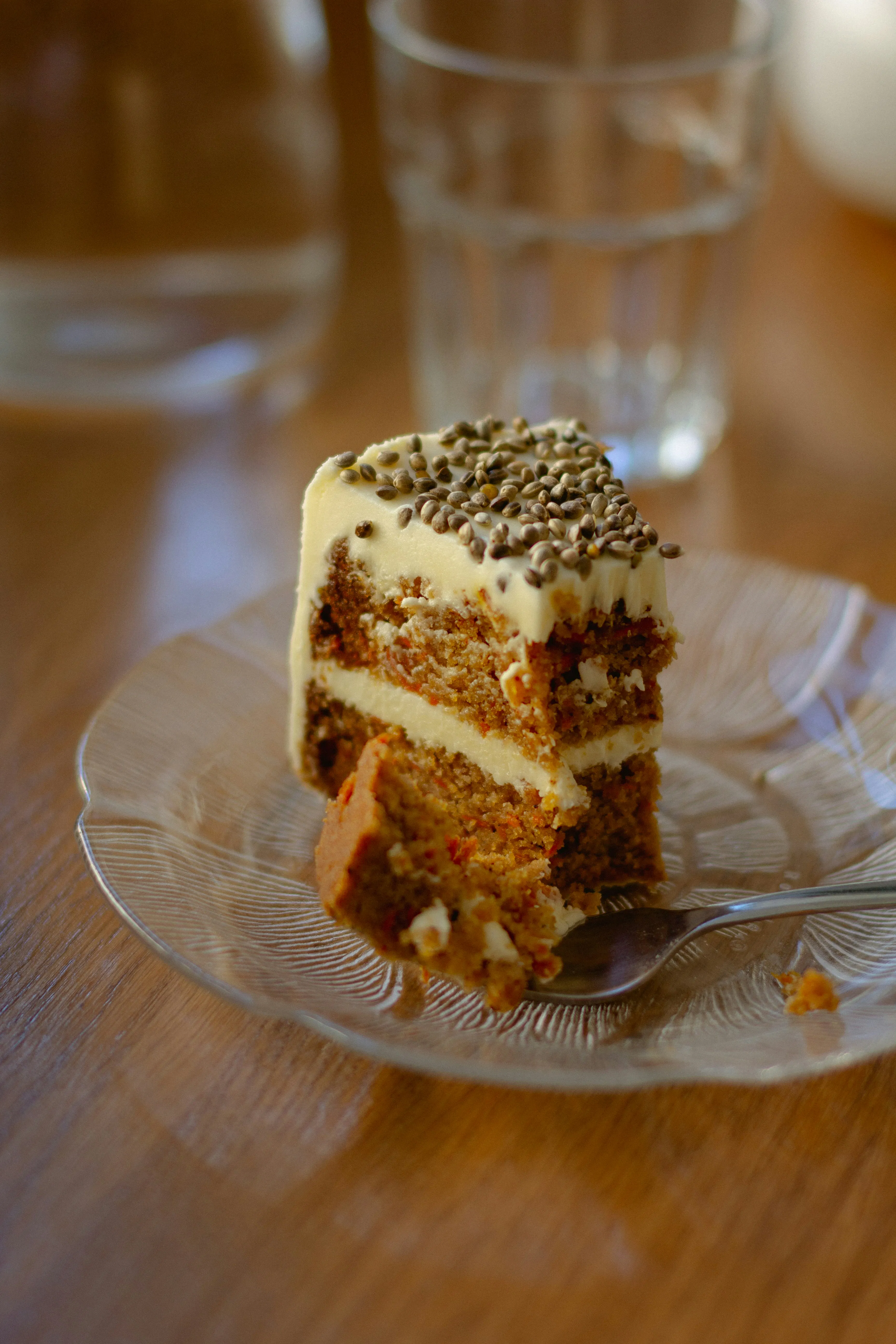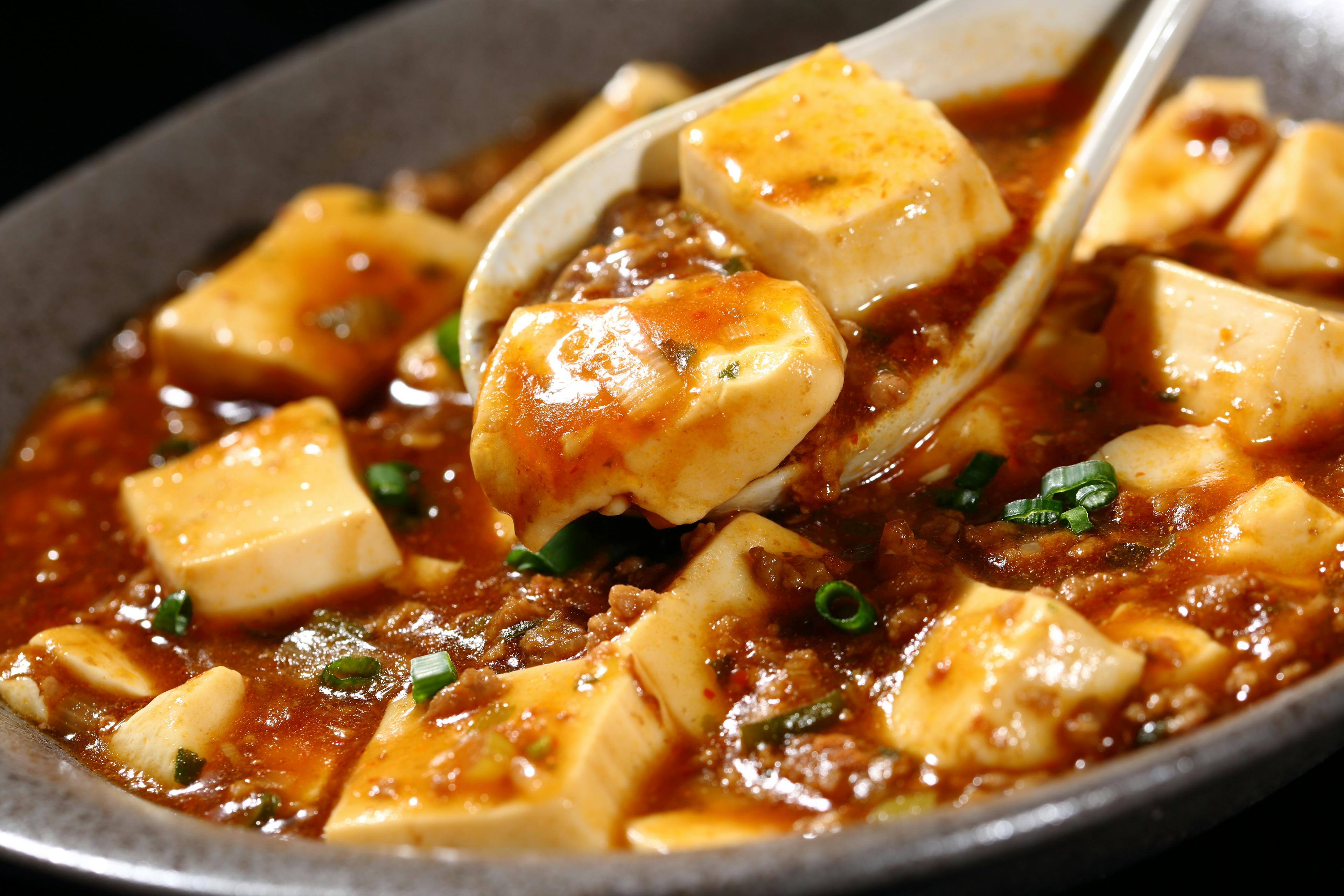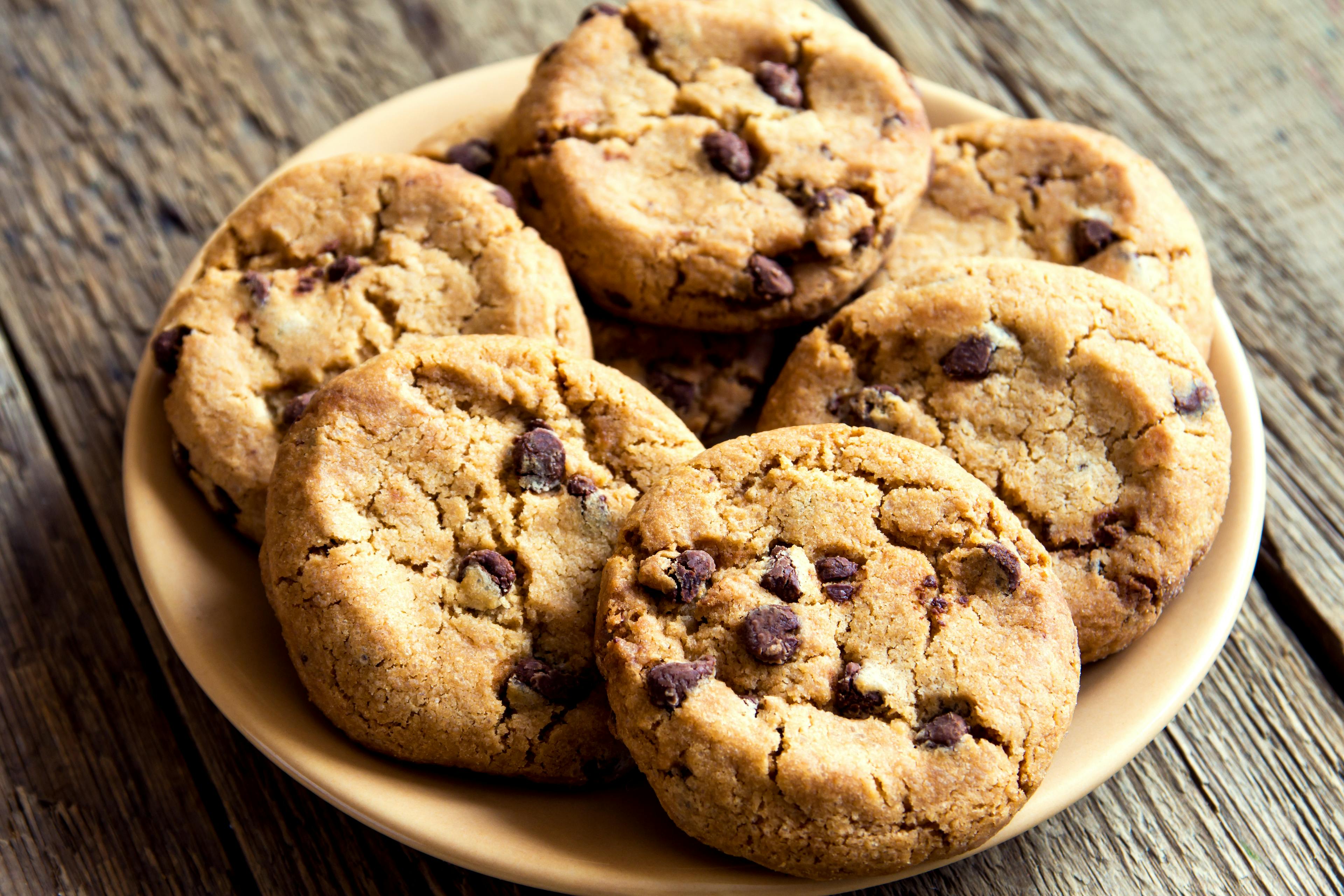
Ingredients
Get them through the links below to support the creator.
- 15 cups all-purpose flour
- 3 tsp salt
- 6 tsp vanilla extract
- 12 tsp baking powder
- 12 tbsp orange juice
- 3 cup unsalted butter
- 4.02 cup granulated sugar
- 12 number large eggs
Nutritional Information
Calculated based on standard values with available measurements and may therefore not be accurate.
Nutritional information not available.
Traditional Hamantaschen
Instructions
Step 1
Preheat your oven to 180°C (350°F). Line a baking sheet with parchment paper.
Step 2
In a medium bowl, whisk together the flour, baking powder, and salt. Set aside.
Step 3
In a large bowl, cream together the sugar and softened butter until light and fluffy.
Step 4
Add the eggs one at a time, mixing well after each addition. Then, mix in the orange juice and vanilla extract.
Step 5
Gradually add the dry ingredients to the wet ingredients, mixing until a dough forms. If the dough is too sticky, you can add a little more flour.
Step 6
Divide the dough into two equal parts. Roll out one portion of the dough on a lightly floured surface to about 1/4 inch thickness.
Step 7
Using a round cookie cutter or a glass, cut out circles of dough. Place a small spoonful of fruit preserves or filling in the center of each circle.
Step 8
To shape the hamantaschen, fold the edges of the circle inwards to form a triangle, leaving the filling partially exposed in the center. Pinch the corners to seal the edges.
Step 9
Place the filled hamantaschen on the prepared baking sheet, spacing them about 1 inch apart.
Step 10
Repeat the process with the remaining dough and filling.
Step 11
Bake the hamantaschen in the preheated oven for 12 to 15 minutes, or until the edges are golden brown.
Step 12
Remove from the oven and allow the hamantaschen to cool on the baking sheet for a few minutes before transferring them to a wire rack to cool completely.
Step 13
Once cooled, you can dust the hamantaschen with powdered sugar if desired. Serve and enjoy your homemade hamantaschen!
Recipe Story
In the realm of culinary traditions, few pastries carry the weight of cultural heritage quite like the Hamantaschen. Originating from the heart of Jewish culture, these triangular delights hold stories as rich as their flavours. Picture this: a bustling kitchen, alive with the rhythmic hum of rolling pins and the intoxicating scent of baking dough. It's a scene that has unfolded for generations, connecting families across time and space through the simple act of crafting these symbolic treats.
With roots tracing back to ancient Persia, the Hamantaschen has weathered centuries of history, evolving with each generation while steadfastly preserving its essence. Today, these pastries are synonymous with Purim, a joyous Jewish holiday commemorating the triumph of good over evil. Named after the villainous Haman, whose triangular hat allegedly inspired their shape, Hamantaschen embody the spirit of resilience and celebration.
To truly appreciate the Hamantaschen is to delve into its doughy embrace, each bite a tribute to tradition and lineage. The recipe, passed down from bubbes to grandchildren, holds within it the whispers of bygone eras and the laughter of family gatherings. Flour, sugar, and butter interlace in a dance of flavours, while the aroma of orange juice and vanilla extract infuse the dough with warmth and nostalgia.
As the pastries emerge from the oven, golden and fragrant, they carry with them the echoes of generations past. With a dusting of powdered sugar, they become not just a dessert, but a vessel of memory and connection. Sharing a plate of Hamantaschen is akin to passing down a torch, igniting the flame of tradition in each new pair of hands.
In a world of constant flux, the Hamantaschen stands as a testament to the enduring power of heritage. So, let us embrace these humble pastries with reverence and gratitude, knowing that with each bite, we honour the legacy of those who came before us.
Photo by sheri silver on Unsplash







.jpg&w=3840&q=75)